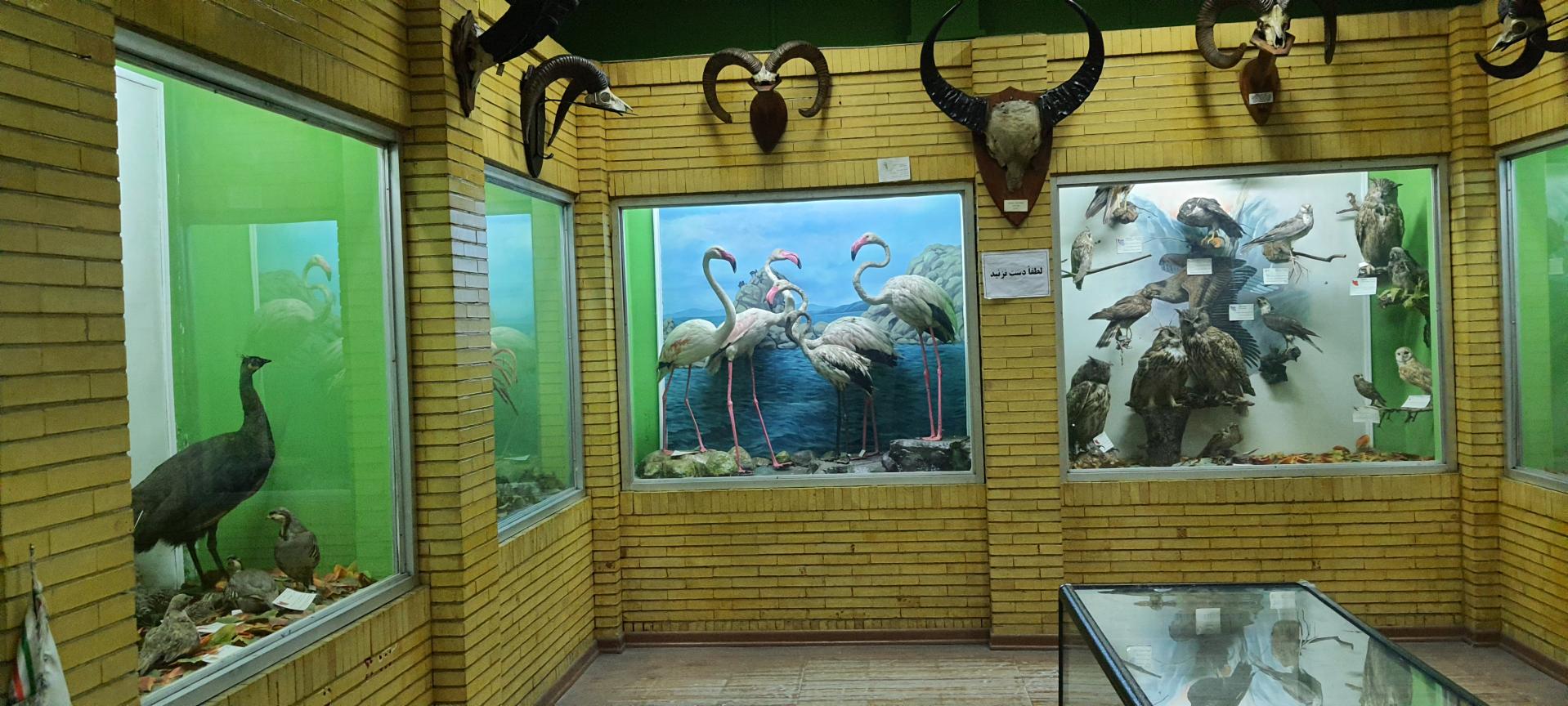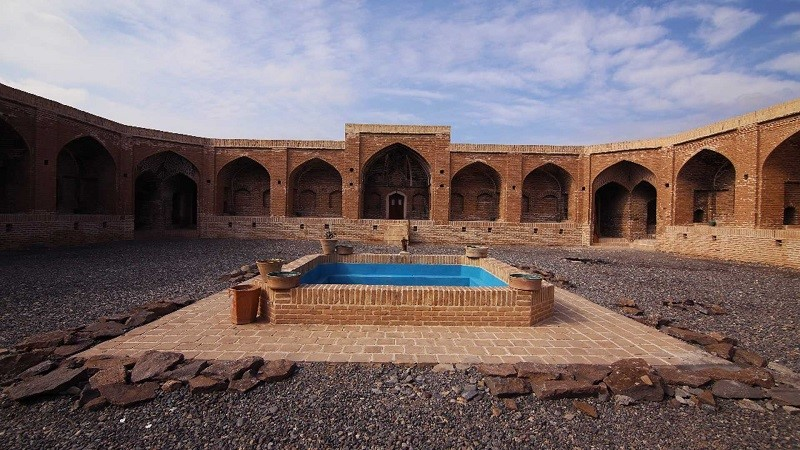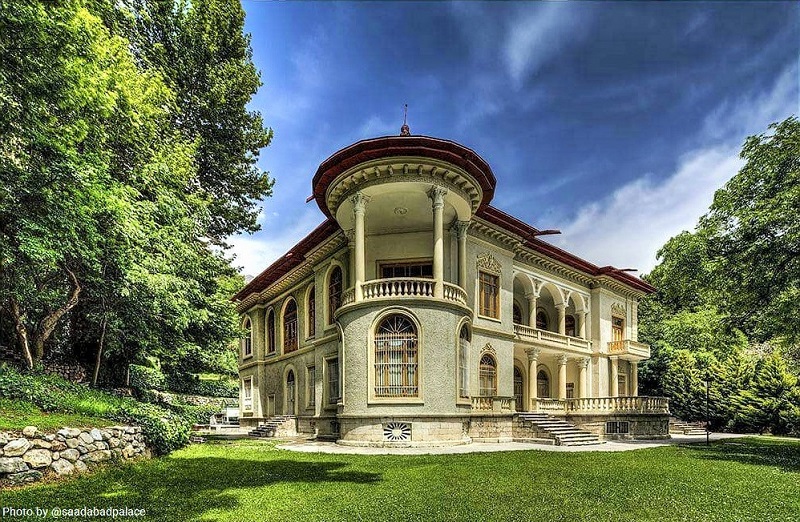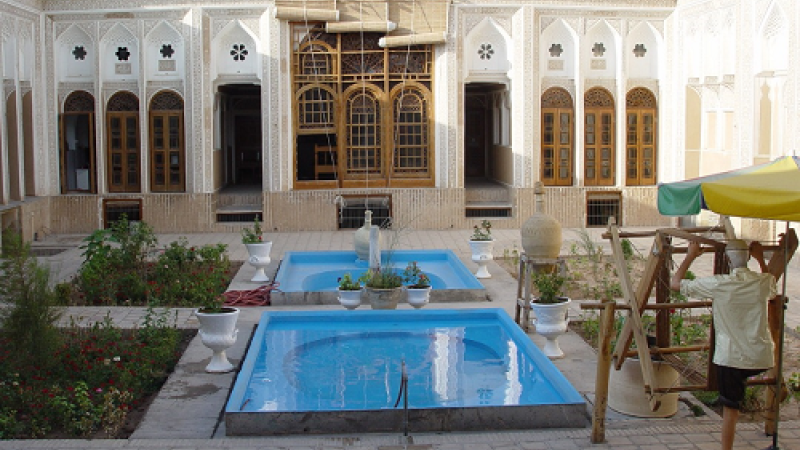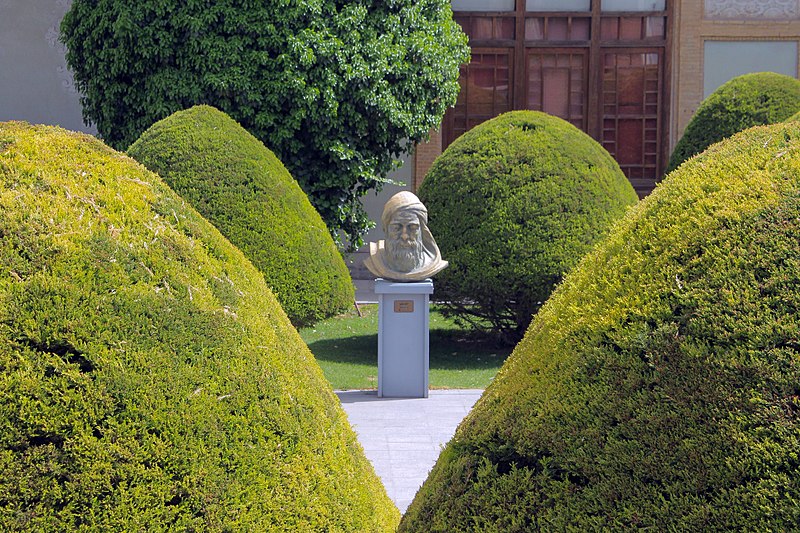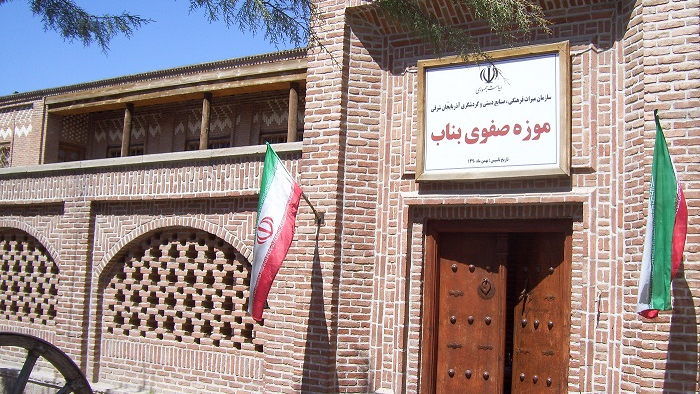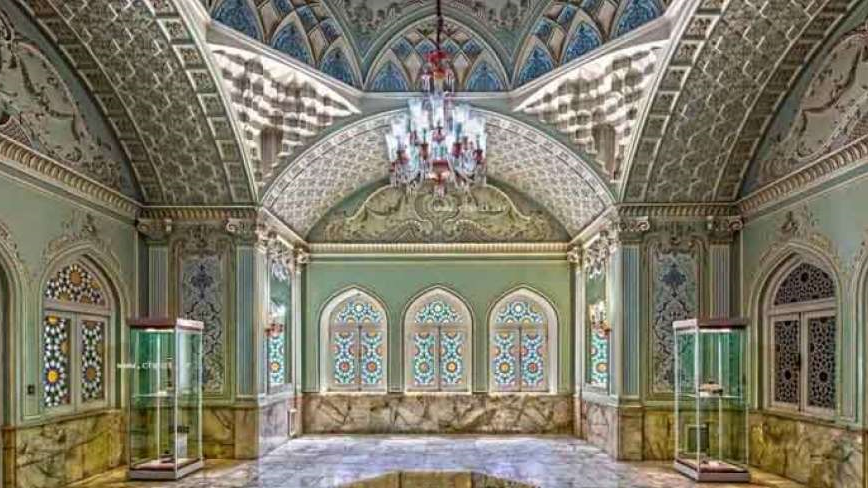
Azarbaijan Museum; A Journey from Prehistory to The Contemporary World
Azarbaijan Museum, located in the city of Tabriz (East Azarbaijan Province), is the second most important archaeological museum in Iran - after the National Museum of Iran - and was established on October 3, 1962. It presents historical and artistic works belonging to both the pre-Islamic and Islamic eras.
History of Azarbaijan Museum
Many Iranian museums have been established in historical houses and buildings that had other uses earlier. However, the building in which the Azarbaijan Museum is located was built with the purpose of creating a museum with an appropriate design and architecture.
The plan for this museum was prepared by Andre Godard, a famous French archaeologist (1881-1965) who lived in Iran for almost a quarter of a century and was the head of the fine arts campus of the University of Tehran for some time. During his stay in Iran, Godard designed the plan of many buildings, each of which is considered a part of tourist attraction places in today’s Iran.
The idea of making this museum was proposed at the same time as holding an exhibition in Tabriz’s Tarbiyat Library hall in 1928. Due to the fact that some old coins discovered in the city of Tabriz were displayed in this exhibition, a number of cultural personalities of Tabriz decided to create a place dedicated to the permanent display of historical artifacts discovered in this city. The implementation of this idea took several years and finally, the construction of the museum began in 1962.
Architectural Features of Azerbaijan
The Azarbaijan Museum is a three-story building with an area of 3,000 square meters, built using architectural elements such as arches, vertical walls, repetitive arched windows, etc., depicting a traditional outlook. The entrance of the museum has a stone staircase and a large wooden door that welcomes visitors with two stone lions. Some stone sculptures are also kept in the courtyard of the museum.
In addition to the administrative and technical sections (laboratories and repositories), the building also has specialized shops and libraries, and has the following main sections:
Ground Floor
In which historical artifacts and objects related to prehistoric and pre-Islamic times such as 7,000-year-old pottery, mineral stones of Jiroft with images of various plants and animals, bronze objects, the artificial eye of the Shahr-e Soukhteh of Sistan, the 3000 years old statue of a female goddess, and rhytons related to two to three thousand years ago, and the bodies of a man and a woman related to three thousand years ago, etc.
Basement
In which the fascinating and spectacular plaster sculptures made by “Ahad Hosseini” with social themes that narrate human history and morality during the past centuries - especially the twentieth century - stone works and historical lithographs such as human figures, tombstones, inscribed stones, stone sculptures, etc. are on display.
First Floor
This floor is divided into three sections i.e., the Hall of Islamic Period, the Hall of Coin and Seals, and the Library. Historical works and objects related to the first to fourth centuries AH from the city of Neishabour, pottery related to the Ilkhanate period, a coded lock related to the 6th century AH, historical coins and seals of Iran from the Achaemenid period to the Qajar period, etc. are on display on this floor.
Objects related to the pre-Islamic period to the Islamic period are exhibited in the Azerbaijan Museum. The total number of these objects on display stands at 12 thousand pieces, of which 2300 pieces have been inscribed in the national list of Iran’s heritage.
| Name | Azarbaijan Museum; A Journey from Prehistory to The Contemporary World |
| Country | Iran |
| State | East Azerbaijan |
| City | Tabriz |
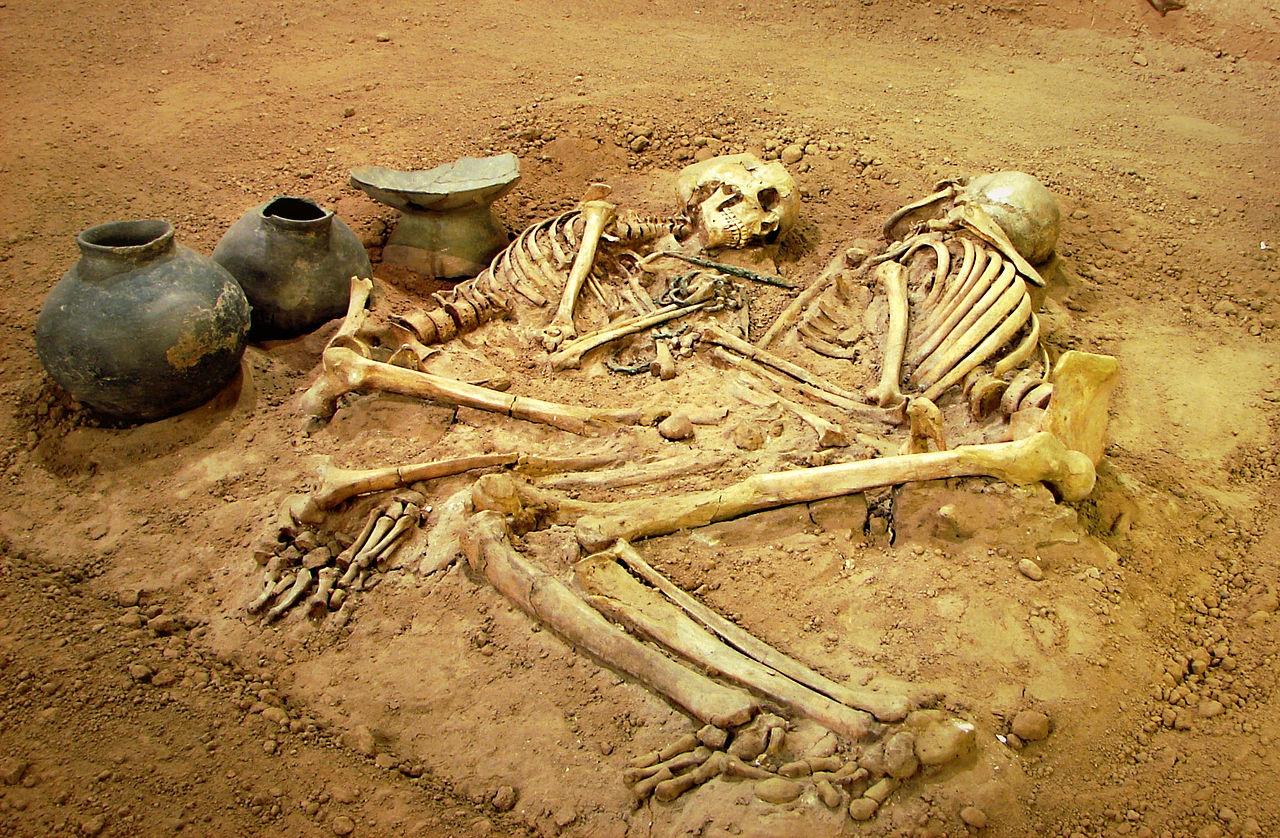

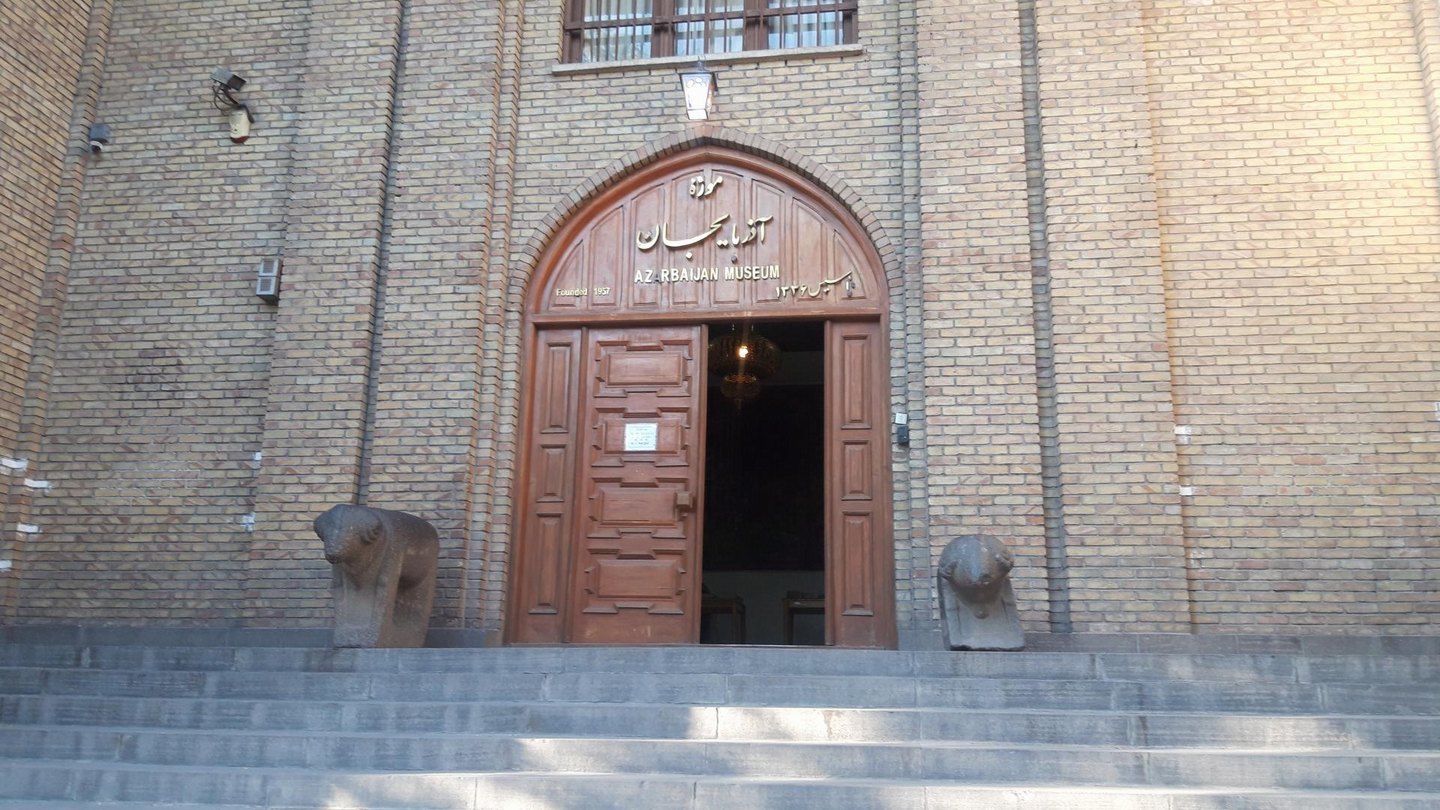
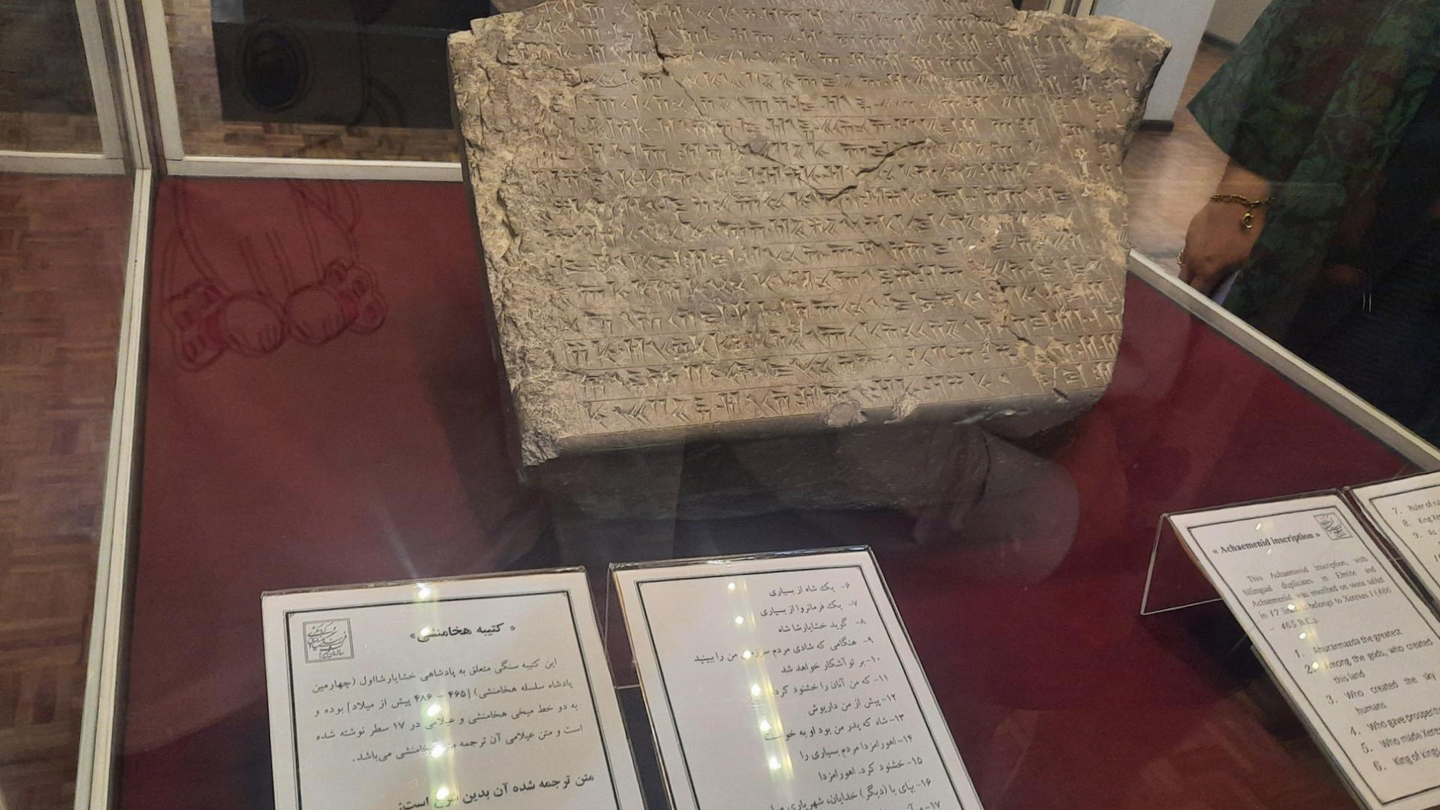
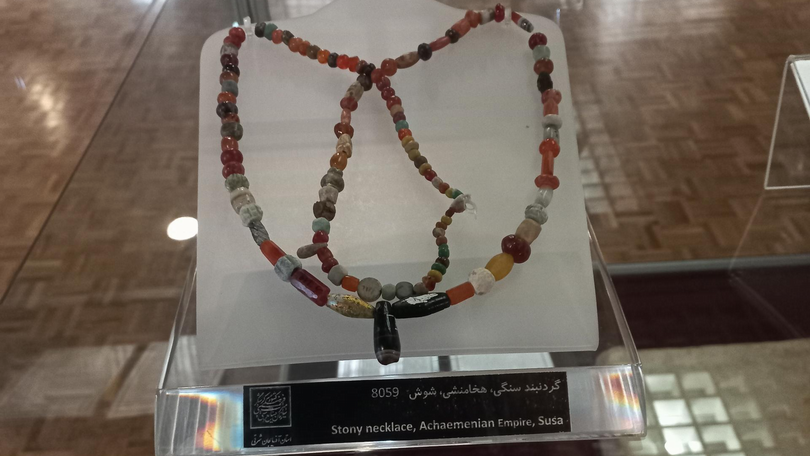
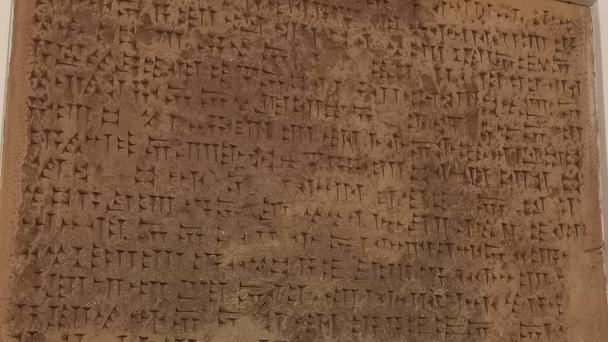
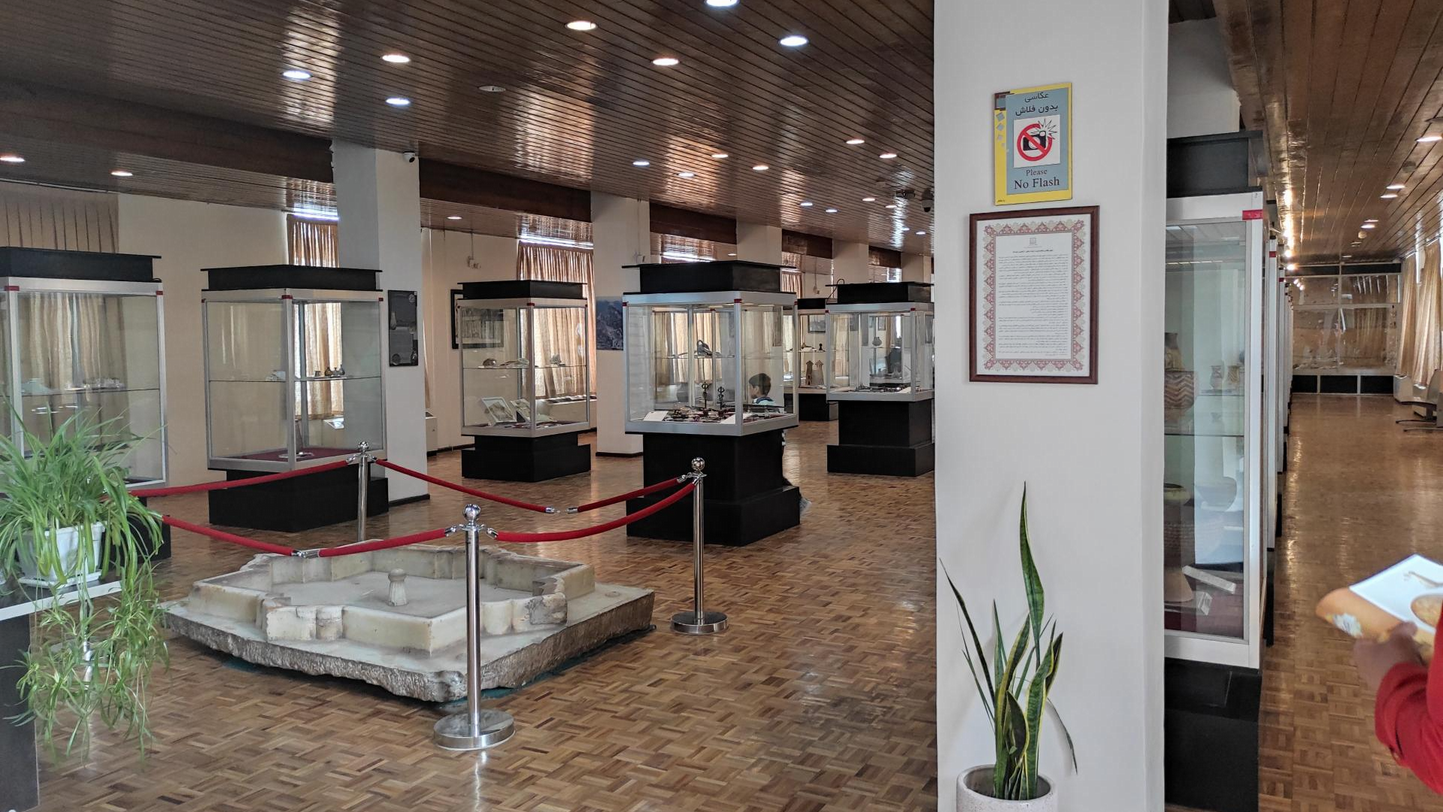
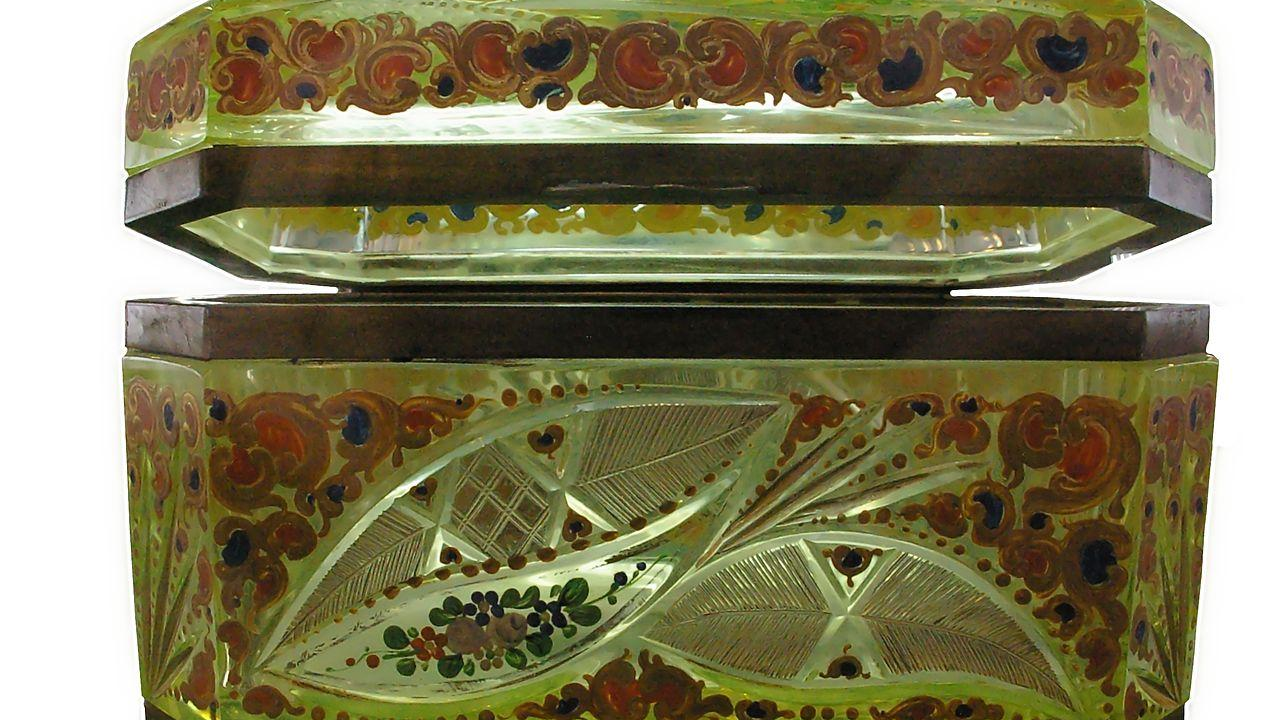
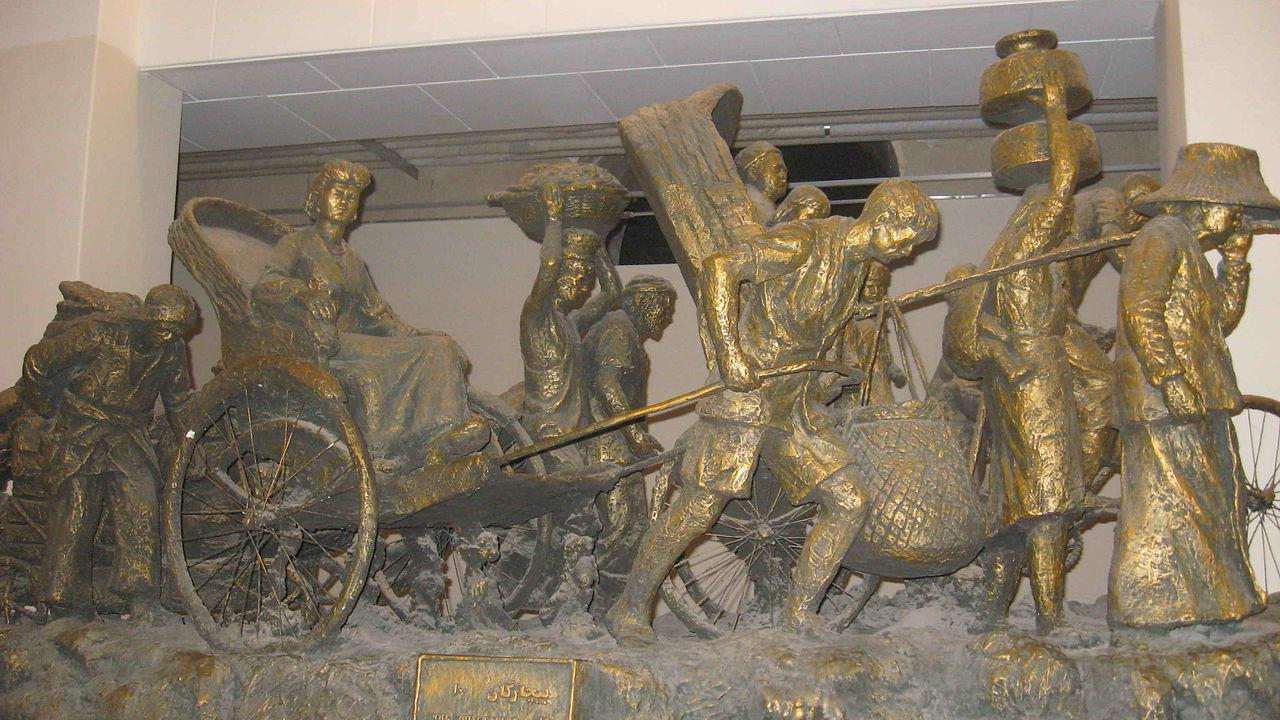
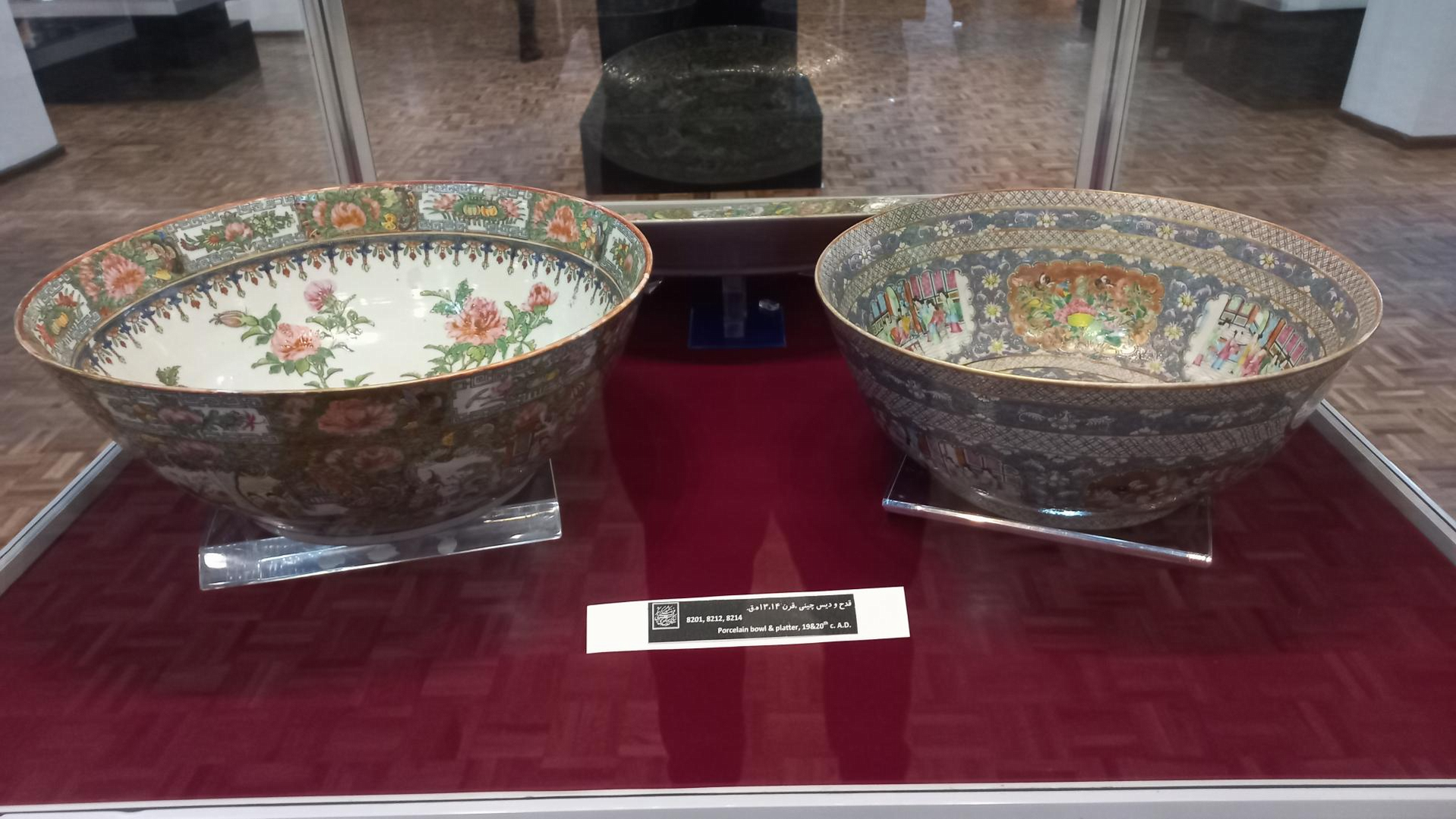
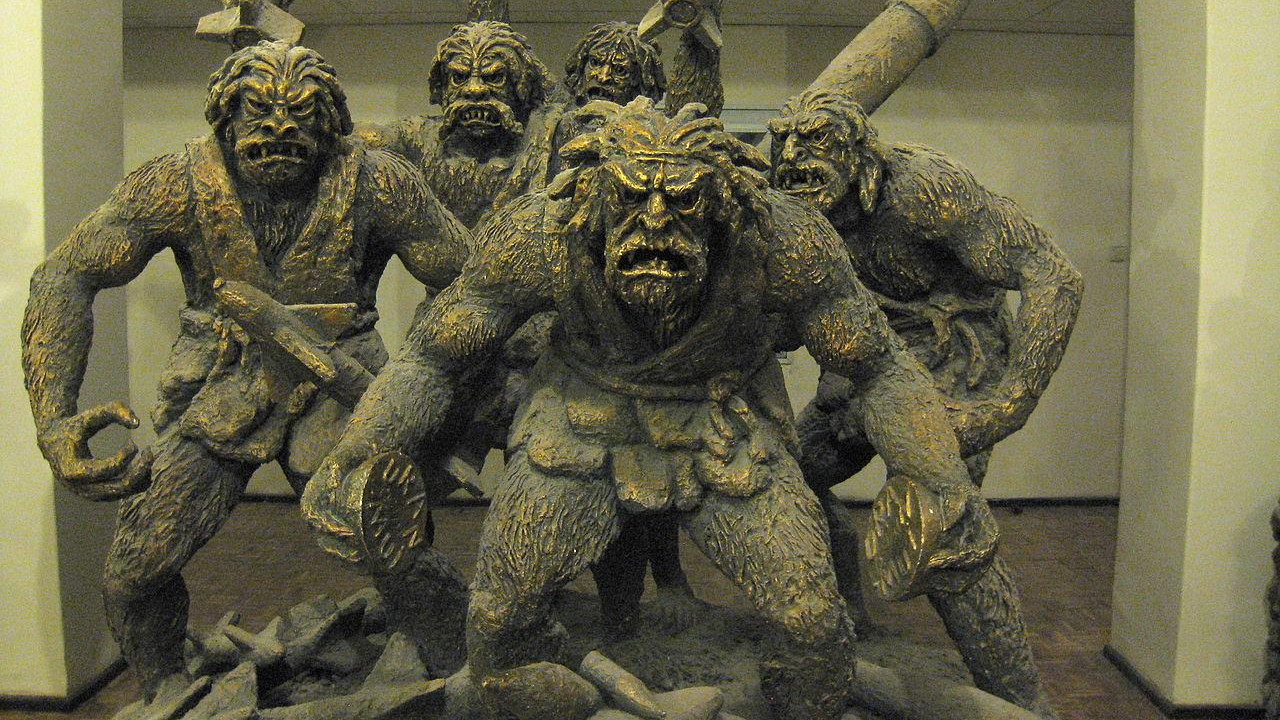
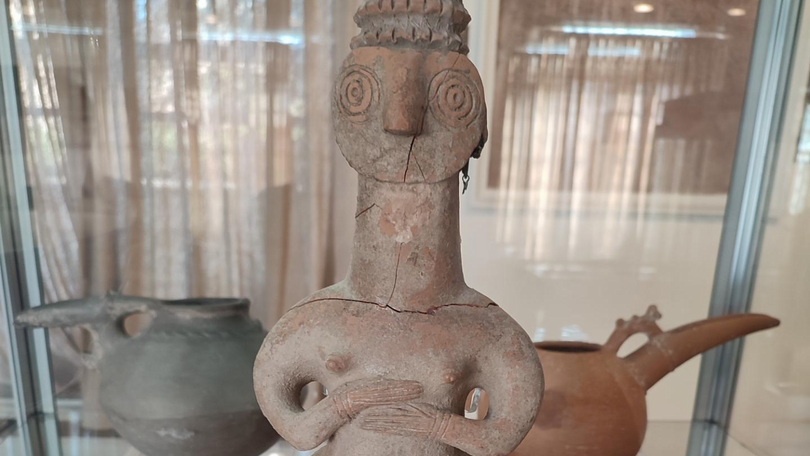
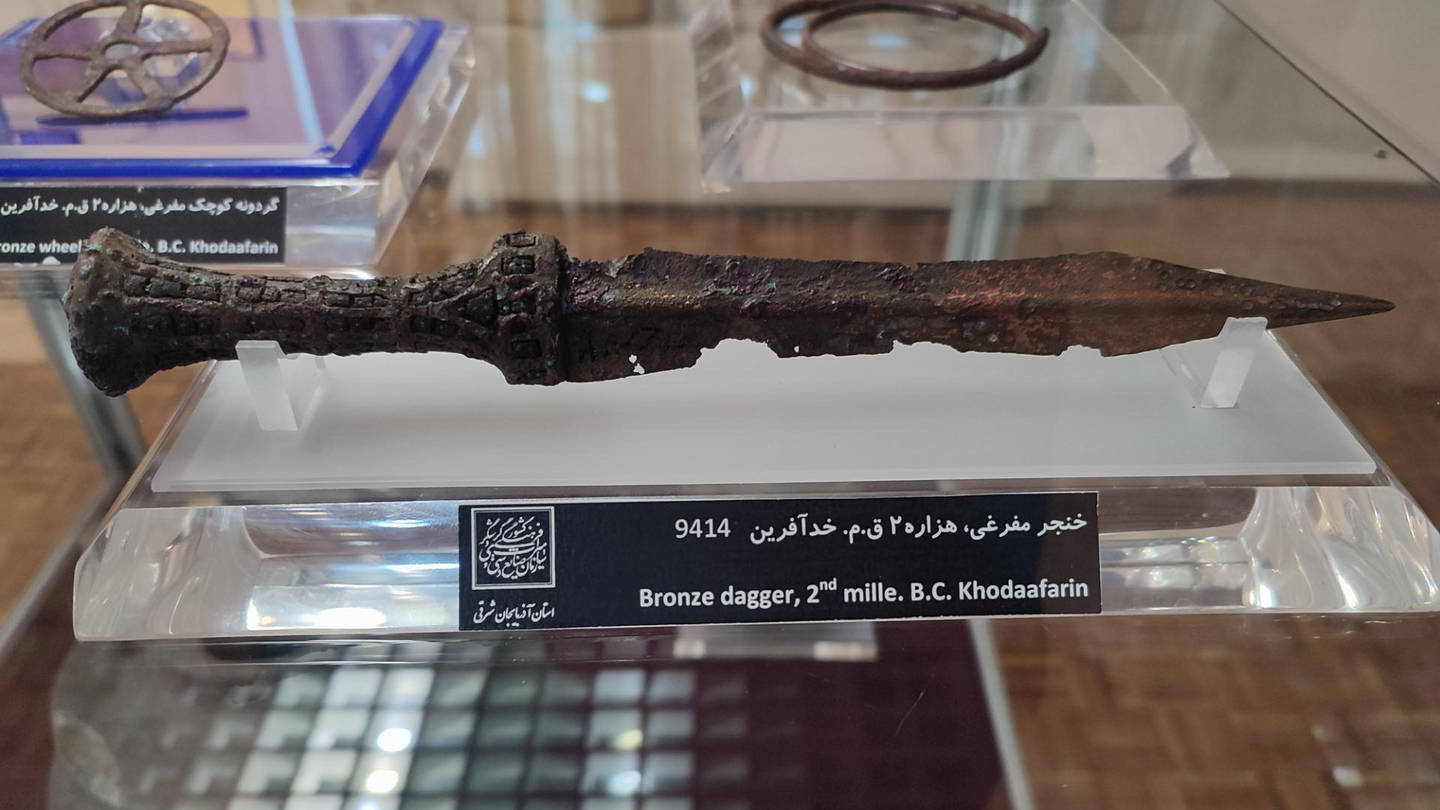













Choose blindless
Red blindless Green blindless Blue blindless Red hard to see Green hard to see Blue hard to see Monochrome Special MonochromeFont size change:
Change word spacing:
Change line height:
Change mouse type:
